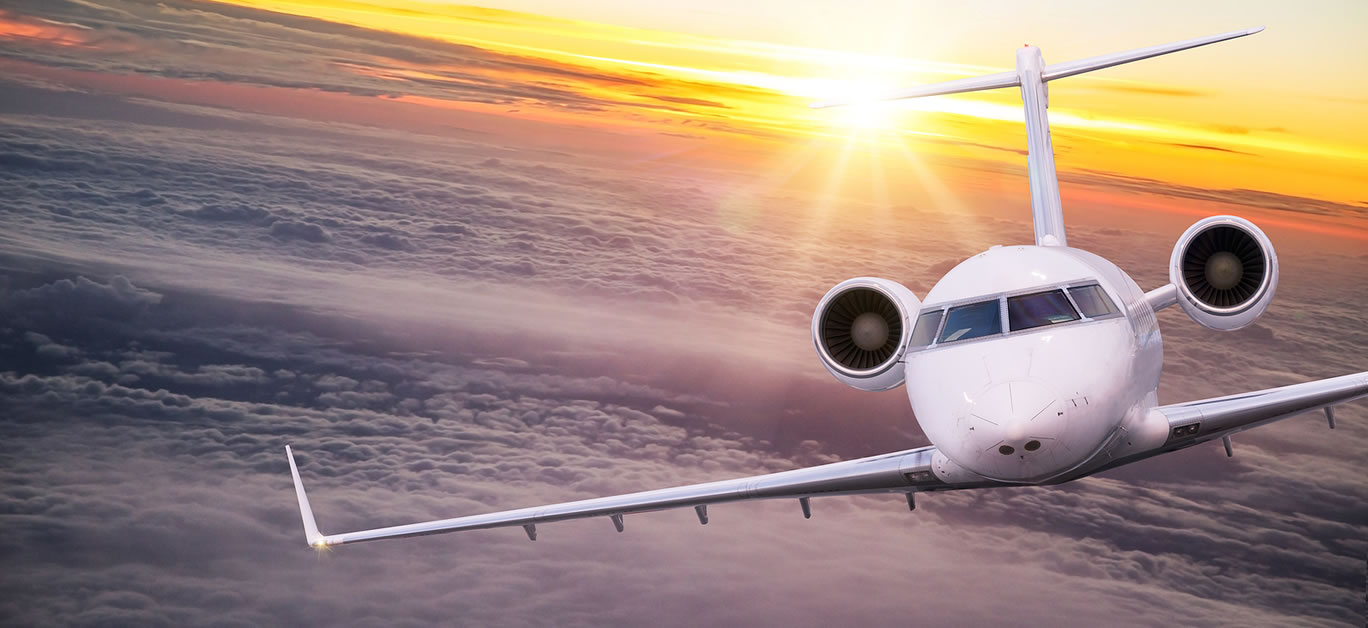No matter your destination, flying by private jet could make an efficient and convenient solution. Flexible, fuss-free, and with much higher levels of security offered than any other type of air travel, flying privately is the first-hand solution for executives across the globe.
And private jets are now more accessible than before, with luxury cabins and dedicated service no longer reserved for royalty and diplomats.
Whether you’re taking your team to new heights or planning the trip of a lifetime to one of the best private islands, it’s always worth keeping up to speed with the best ways to fly privately.
Why fly privately?
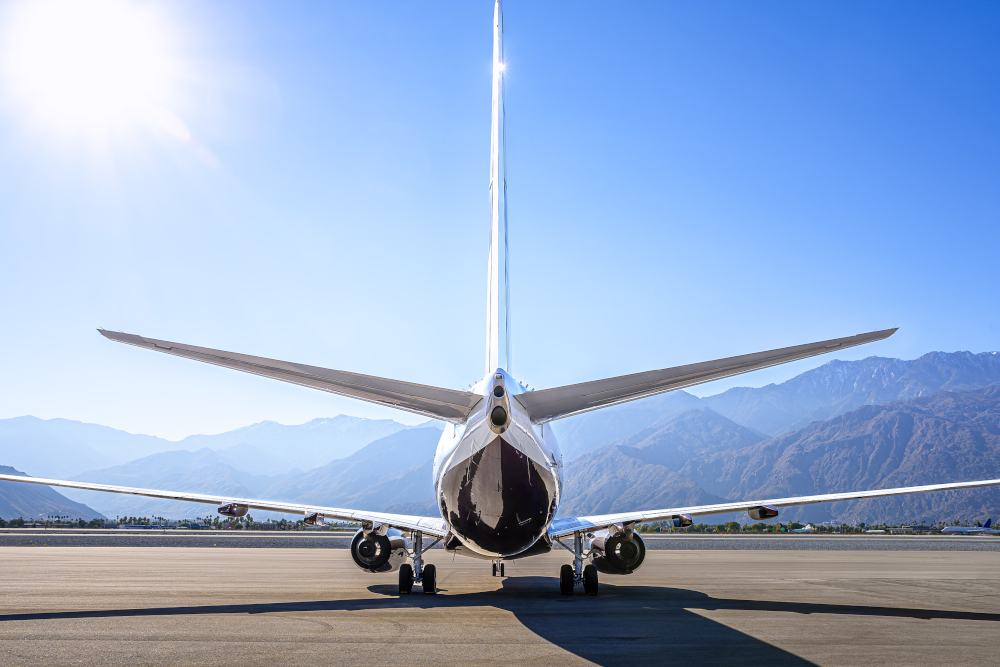
Flying privately is self-explanatory: on a private jet, you can travel from one country to another on an aircraft reserved specifically for you – and usually a handful of others.
Typically, you’ll fly in a private jet with your colleagues, business partners or close family, but it’s possible to book individual seats on certain routes too.
Flying privately gives you access to an incredible range of perks. Most notably, you can forget the long queues at the airport, baggage chaos and tight security procedures. Instead, you’ll just need to arrive at the terminal around 30 minutes before your scheduled departure and simply be escorted to your jet. And once you’re onboard, you’ll enjoy a comfortable, clean, and private cabin experience.
Going by private jet is faster, safer, and more luxurious than taking a commercial flight.
Should I rent or buy a private jet?
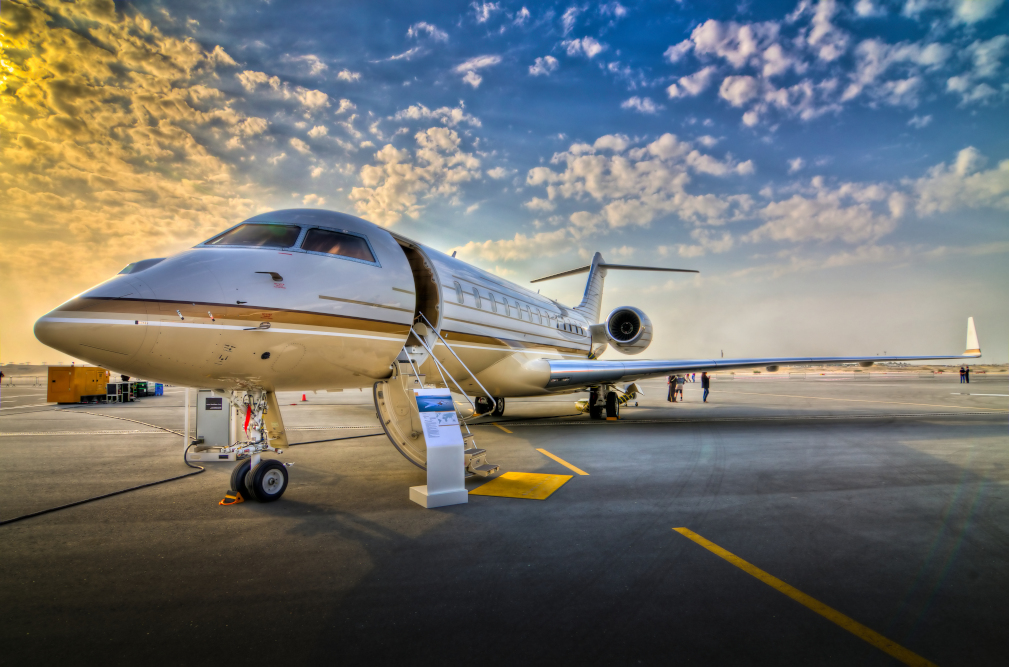
Anytime access to a private jet is usually arranged either by purchasing one outright or by charter.
No matter your travel requirements, opting to charter private jets gives you all the same benefits without the constraints of ownership. And whichever option you choose, don’t forget that you’ll need to pay for the pilot and crew too.
However, it’s important to weigh out the advantages and downsides of both. If you’re a frequent flyer, regular charter could quickly become more expensive than investing in your own jet. Up to fifty hours of flying per year should mean that you’ll get better value for money by chartering a jet.
On the opposite end of the spectrum, ownership should be your first choice if you fly more than 250 hours each year. If your schedule demands more than 50 but less than 250 hours of flying a year, fractional ownership could make a brilliant alternative.
What is fractional ownership?
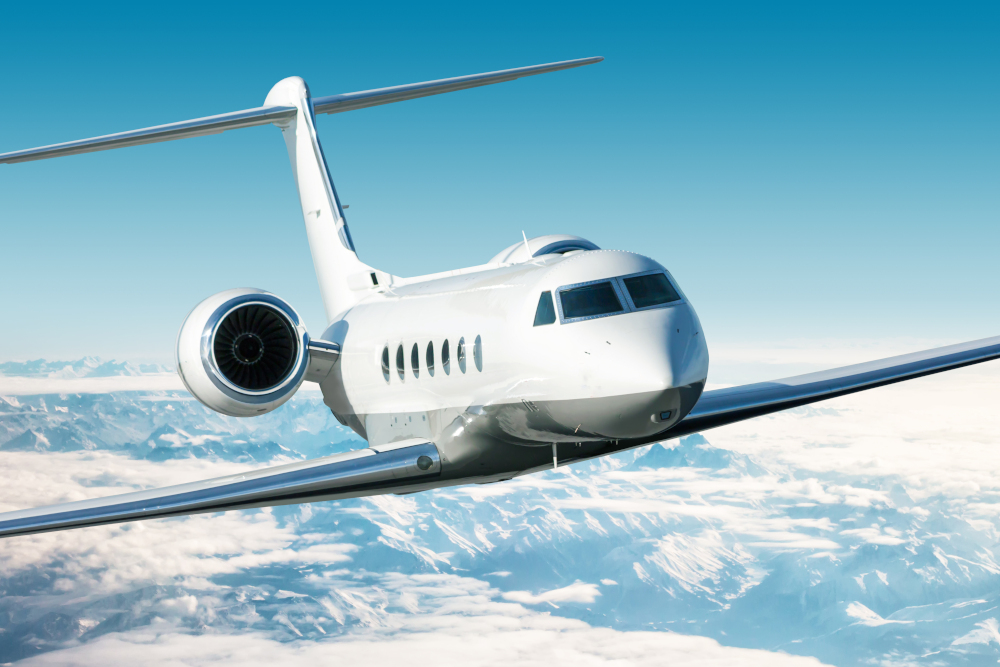
Fractional private jet ownership means that you could pay a fraction of the total ownership price and sharing the cost of crew and maintenance with others. This approach gives you partial ownership of the plane, so you won’t need to worry about working with a third-party or checking availability for leasing the jet.
However, it also comes with a few drawbacks. The biggest is that you’ll need to check availability in advance with the other owners to ensure that the plane is free to use when you need it. Many joint owners plan their usage far in advance to minimise any scheduling issues.
How much does it cost to fly in a private jet?
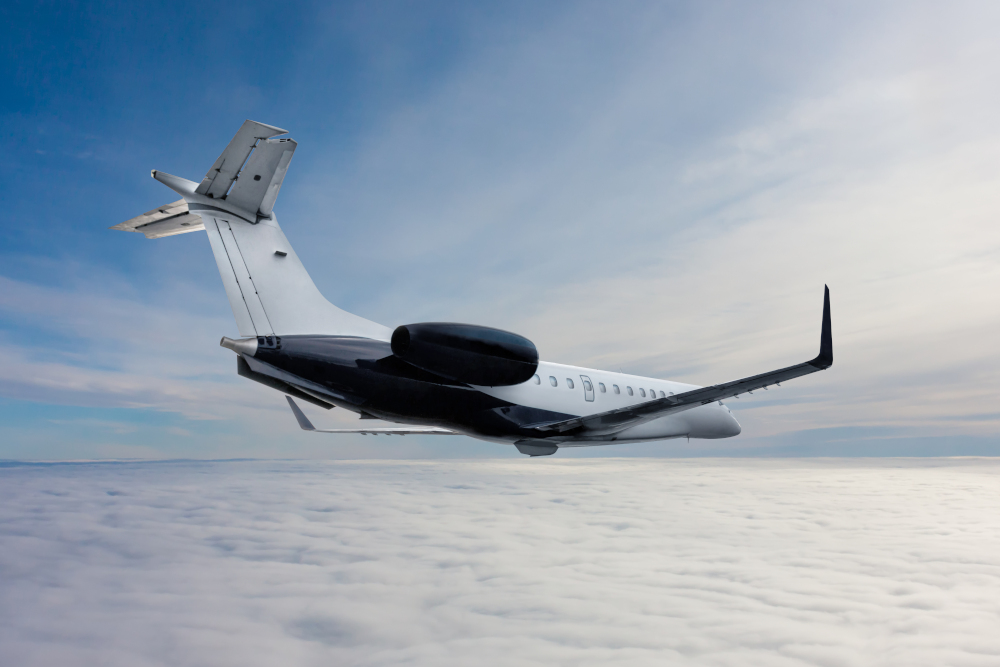
The cost of chartering a private jet varies according to several factors. These include the length of the trip, the start and end destinations, and the number of seats required onboard. The more passengers you fly, the more crew will need to be onboard too.
Many charter flights are one-way. If you request a return flight, the pilot and crew would need to stay grounded until your return flight, so you could need to pay fees during this time. The most cost-effective approach is therefore to book two separate one-way flights.
Are there any cheaper ways to fly privately?
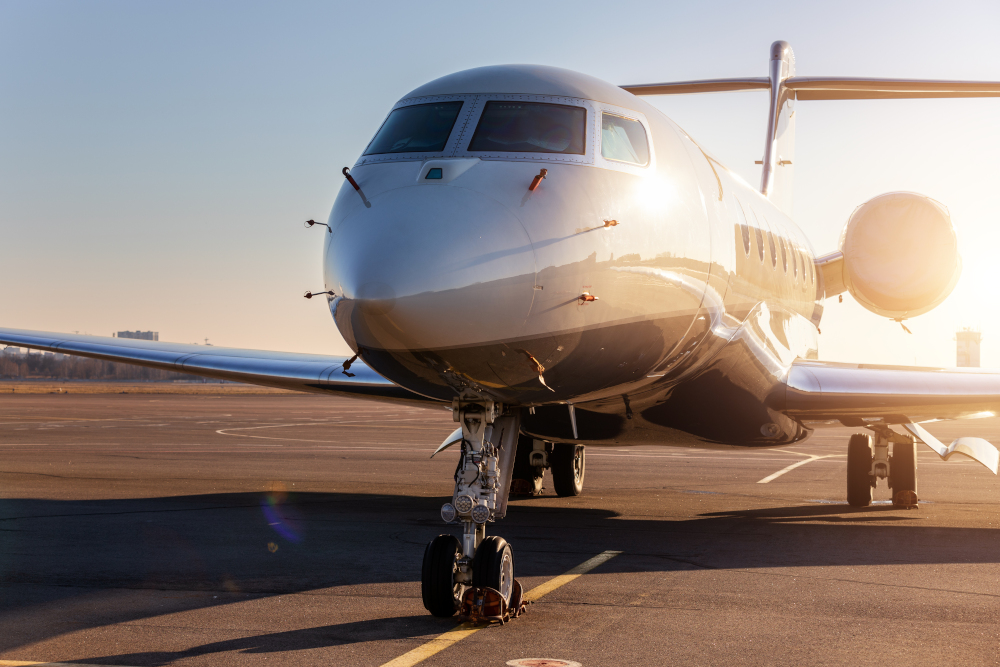
Yes! If you’re looking for a value-driven approach to flying privately, empty leg flights could make a fantastic choice. When a jet drops one client off and needs to fly to another destination for the next booking, this journey is called the empty leg.
Many private aviation companies allow you to book discounted seats on these jets – and for a fraction of the cost of a private booking.
Flying privately doesn’t need to be complicated. There are several approaches to taking a private jet, and empty leg flights could provide unmatched value for one-off trips.












